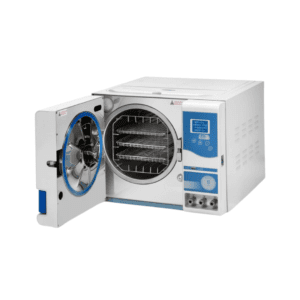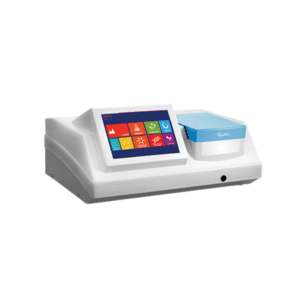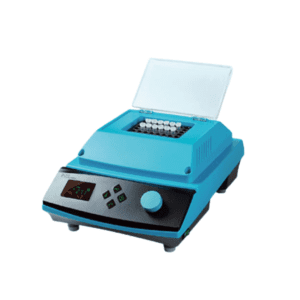Description
Laboratory furnaces are specialized devices designed to heat materials to precise temperatures for various applications, including sintering, heat treatment, and material synthesis. They are integral to processes such as ashing, annealing, calcination, and crystal growth.
Types of Laboratory Furnaces:
- Box Furnaces: These furnaces feature a chamber with a hinged door, providing easy access to samples. They are suitable for processing larger samples and are commonly used in industrial and laboratory settings.
- Tube Furnaces: Consisting of a cylindrical chamber, tube furnaces are ideal for conducting syntheses and purifications of inorganic compounds. They offer precise temperature control and are often used in applications requiring controlled atmospheres.
- Muffle Furnaces: Designed with a separate heating chamber, muffle furnaces are used for applications like ashing and material testing. They provide uniform heating and are suitable for processes requiring high temperatures.
- Vacuum Furnaces: Operating under vacuum conditions, these furnaces are used for processes like annealing, brazing, and sintering, minimizing oxidation and contamination of sensitive materials.
Key Features to Consider:
- Temperature Range: Select a furnace that can achieve the temperatures required for your specific applications. Some furnaces can reach temperatures up to 3000°C.
- Chamber Size: Consider the dimensions of the furnace chamber to accommodate your sample sizes. Furnaces are available with capacities ranging from small benchtop models to larger industrial units.
- Atmosphere Control: Depending on your process, you may need to control the furnace atmosphere (e.g., inert gas, vacuum) to prevent oxidation or contamination.
- Heating Elements: The material and design of heating elements affect heating efficiency and uniformity. Common materials include molybdenum disilicide and silicon carbide.
- Temperature Uniformity: Ensure the furnace provides uniform heating throughout the chamber to achieve consistent results.
Applications:
Laboratory furnaces are used in various fields, including materials science, chemistry, metallurgy, and electronics. They are essential for processes such as:
- Sintering ceramics and powders
- Heat treatment of metals- Crystal growth for semiconductors
- Ashing of organic materials
- Curing of polymers
Maintenance and Safety:
Regular maintenance is crucial to ensure the longevity and safe operation of laboratory furnaces. This includes:
- Inspection: Regularly check for signs of wear, damage, or malfunction.
- Calibration: Ensure temperature controls and sensors are calibrated for accurate readings.
- Cleaning: Keep the furnace chamber clean to prevent contamination and maintain efficiency.
- Safety Protocols: Adhere to manufacturer guidelines and safety standards, including proper ventilation and personal protective equipment.
By selecting the appropriate furnace type and maintaining it properly, laboratories can achieve precise thermal processing, essential for high-quality research and production outcomes.





